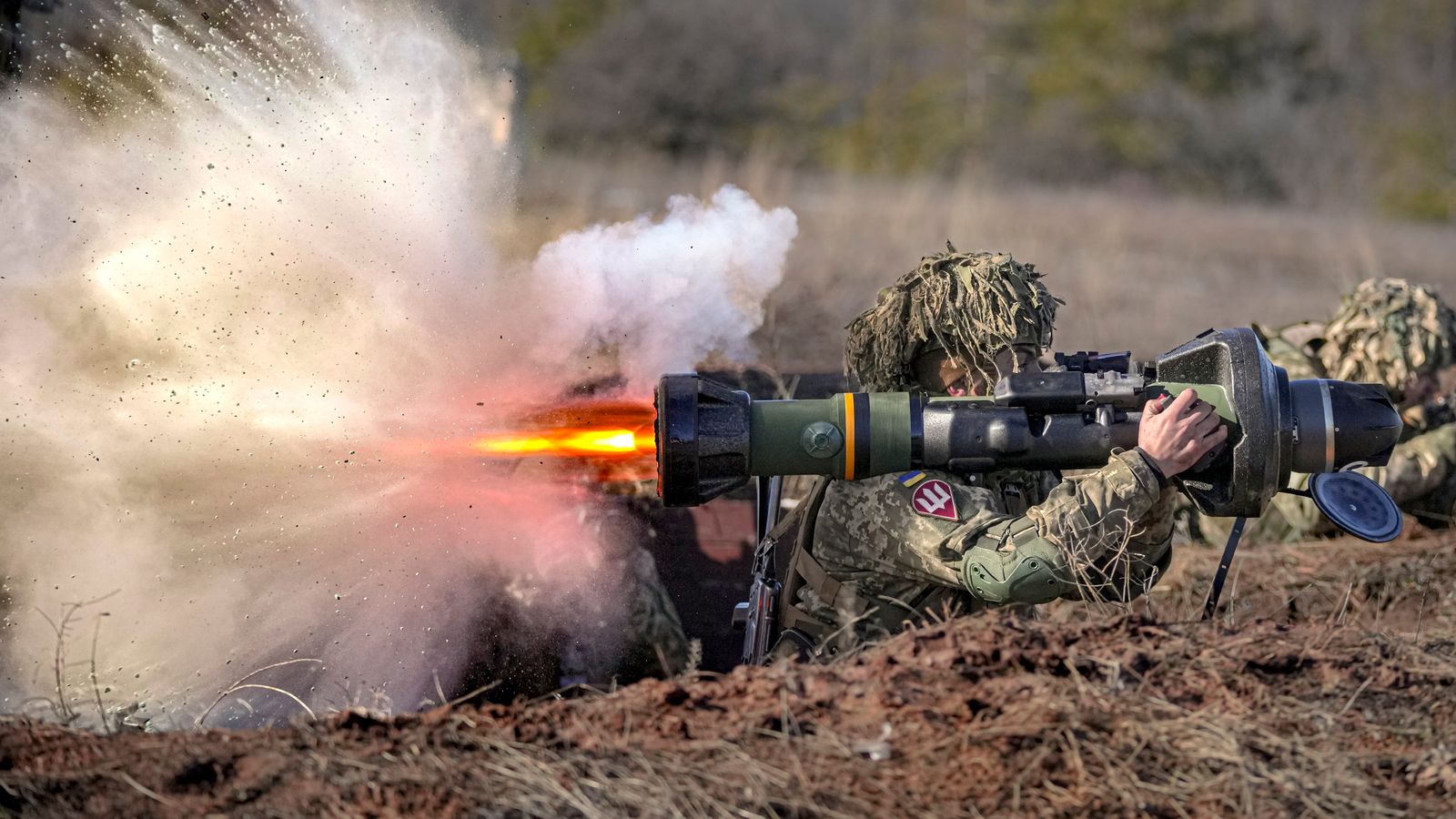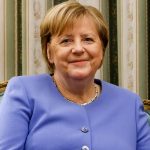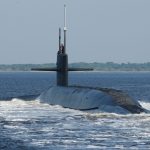A new Russian invasion of Ukraine would raise the military threat across Europe and could increase pressure on eastern NATO countries, Estonia’s foreign spy agency has said.
Direct threats of war have become “an integral part” of Russian President Vladimir Putin’s foreign policy over the past 12 months, it said in an annual report published on Tuesday.
A direct military confrontation this year between Russia and one of the three Baltic states, including Estonia, is not considered to be likely, but “various types of hybrid crises are probable”, Mikk Marran, the head of the Estonian Foreign Intelligence Service, said.
Follow live updates on the Russia-Ukraine crisis
There might also be a renewed attempt by Russia’s ally Belarus to use refugees as a weapon to put pressure on the European Union – where the issue of migration causes internal friction between member states – by pushing them into the bloc via the Belarusian border.
“The presence of Russian forces in Belarus is worth of particular attention,” Mr Marran wrote in a foreword to the report, which provides an assessment by Estonia’s equivalent of MI6 on security threats and challenges posed by Russia and China as well as from terrorism.
The threat from Russia was the predominant focus as President Putin massed the single-largest military build-up by Moscow in 30 years around Ukraine.
Boris Johnson seeks to leave domestic strife at home on whistle-stop diplomacy mission amid Ukraine-Russia tensions
Liz Truss urges Russia to engage in diplomacy over Ukraine as Lavrov demands ‘mutual respect’
Russia-Ukraine crisis: What are NATO spy planes doing to keep tabs on the Russians?
Read more: Ukrainian president urges politicians who have fled to return
‘The sharpest confrontation with the West in decades’
“In our assessment, the Russian armed forces are ready to embark on a full-scale military operation against Ukraine from the second half of February,” the report said.
“Once military readiness has been achieved, only a political decision is required to launch the operation. If Russia chooses war, the level of military threat across Europe will rise.
“Although war in Ukraine would not pose an immediate military threat to Estonia or NATO, Russia’s political and military pressure on the Baltic states could increase in the long term should Russia achieve diplomatic and/or military success on the Ukraine issue.
Please use Chrome browser for a more accessible video player
Read more: Russian invasion of Ukraine would be ‘very dangerous moment’ for world, foreign secretary warns
“Even if Russia’s leadership can be persuaded to desist from military aggression, Estonia and other western countries must prepare for increasingly sustained military pressure from Russia – direct threats of war have become an integral part of the foreign policy of Putin’s Russia over the past year.”
Mr Marran said Russia’s aggression against Ukraine had “led to the sharpest confrontation with the West in decades and could also lead to Russia exerting pressure elsewhere in the coming months”.
Estonia, Latvia and Lithuania worried they could be next
Estonia, Latvia and Lithuania, once part of the then Soviet Union’s sphere of influence but now members of the NATO alliance and European Union, are worried that they could be next following any successful military operation by Russia against Ukraine.
NATO established a 1,000-strong battlegroup in each of the Baltic states as well as Poland after Russia last went into Ukraine to annex Crimea in 2014.
Follow the Daily podcast on Apple Podcasts, Google Podcasts, Spotify, Spreaker
The UK heads the battlegroup in Estonia. The US heads the unit in Poland. Canada and Germany have the lead in Latvia and Lithuania respectively.
The battlegroups are designed to deter Moscow from attempting an attack on a NATO nation, which would trigger a response from all 30 member states.
A belief among allies, in particular the United States and Britain, that Russia could be about to launch a major offensive against Ukraine prompted Washington and London to increase their forces levels along NATO’s eastern flank in recent days.






















